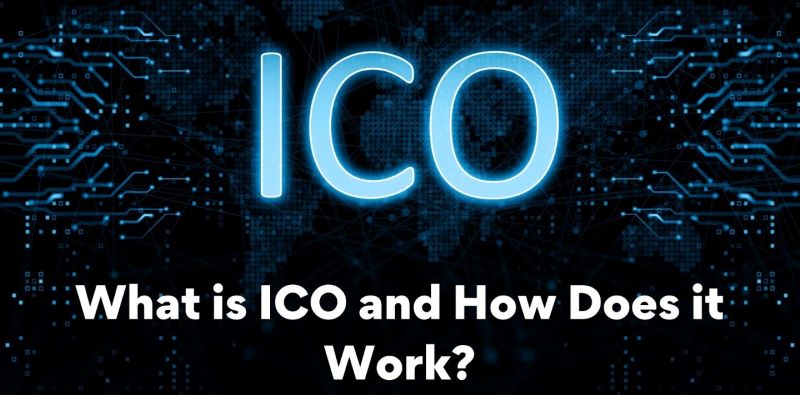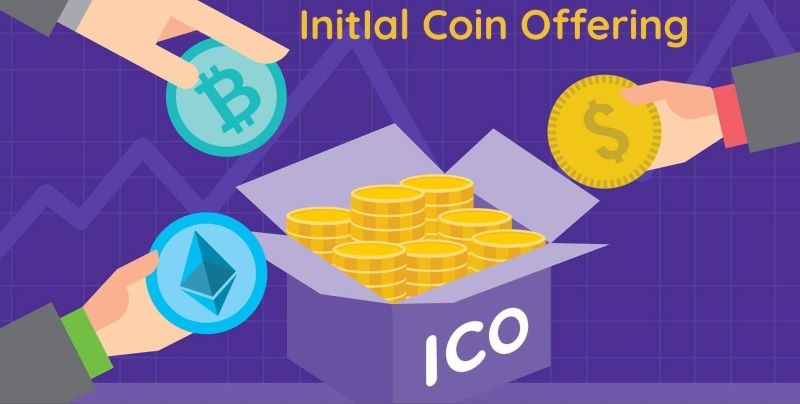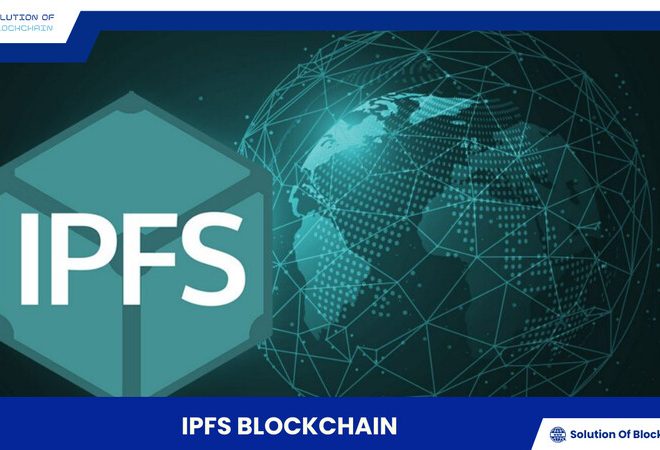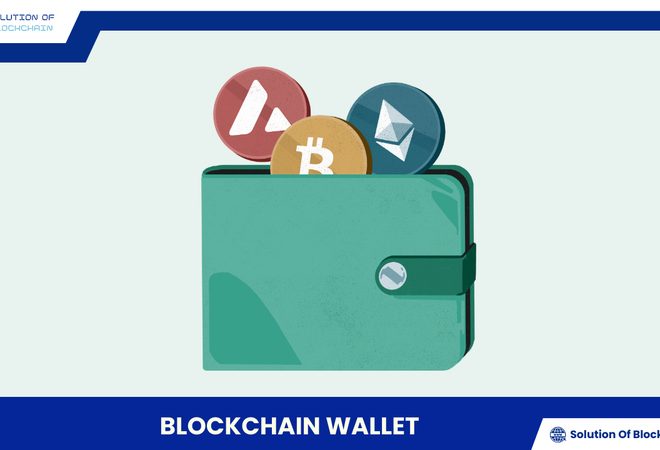
What is an ICO? How to hunt ICOs for beginners
The world of Initial Coin Offerings (ICOs) holds immense potential, but navigating it can be overwhelming. Master the art of how to hunt ICOs and uncover hidden gems in this dynamic landscape. This comprehensive guide will provide you with the knowledge and tools to identify promising projects, assess risks, and make informed investment decisions.
Understanding ICO
ICO definition
ICO (Initial Coin Offering) is an emerging fundraising method in the blockchain space. Instead of issuing shares like traditional companies, blockchain projects use ICOs to issue tokens, a type of digital asset that represents ownership or access to a particular service or product. These tokens are then sold to investors in the hope that their value will increase in the future.
How does ICO work?
ICOs work by issuing and selling tokens of a new blockchain project to investors. The process typically involves the following steps:
- Ideation and planning: The development team conceptualizes the project, defining its goals, technology, and business model. They also plan the ICO in detail, including the number of tokens to be issued, the sale price, the duration, and other terms.
- Create a whitepaper: A whitepaper is an important document that outlines the project in detail, including its goals, technology, tokenomics, development roadmap, and team. It helps investors understand the project and make investment decisions.
- Development and marketing: The development team begins building the project’s technological foundation and products. At the same time, they carry out marketing activities to attract the attention of the community and potential investors.
- Pre-ICO/Private sale: Some projects may conduct a private sale before the public offering. During this phase, large institutions or individual investors can purchase tokens at a discounted price.
- Public ICO: The project officially opens its token sale to the public for a certain period of time. Investors can buy tokens with cryptocurrency or fiat currency, depending on the terms of the project.
- Token distribution and listing: After the ICO ends, tokens will be distributed to investors according to their purchase levels. The project can also list tokens on exchanges to create liquidity and allow investors to trade them.
- Project development: The team uses the raised funds to continue developing the project according to the roadmap. The success of the project directly affects the value of the token and the investor’s profit.
Comparing ICOs to traditional fundraising methods
Compared with traditional fundraising methods, ICOs offer several advantages:
- Eliminate intermediaries: Without the need to go through financial institutions like banks, ICOs allow blockchain projects to raise funds directly from investors, saving time and costs.
- Reduced costs: Since there is no need for a financial intermediary, blockchain projects can minimize service fees, which helps reduce fundraising costs.
- Promote Transparency: Information related to blockchain projects is made public on the blockchain, ensuring transparency and clarity for investors.
- However, ICOs also have certain disadvantages:
- High Risk: Due to their emerging nature and lack of clear regulations, ICOs pose many risks to investors, including fraud, project failure, and token devaluation.
- Lack of legal framework: The legal framework for ICOs is still incomplete in many countries, causing some projects to operate in a non-transparent manner, posing risks to investors.
- High price volatility: Token values can fluctuate significantly, making it difficult for investors to predict and manage risk.
How to hunt ICOs effectively?
Identify goals and select potential ICO projects
The first step in your journey on How to Hunt ICOs is to identify your investment goals. What sector do you want to invest in? Are you looking for short-term or long-term gains? Once you have identified your goals, you need to research and find potential ICO projects. Pay attention to the following factors:
- Development Team: Does the project’s development team have experience in the blockchain field? Do they have a reputable advisory board?
- Technology: Is the project’s underlying technology innovative, creative and feasible?
- Target Market: Does the project’s target market have high growth potential and demand for the token?
- Roadmap: Is the project roadmap clear, detailed and feasible?
- Whitepaper: Does the project’s whitepaper provide comprehensive, transparent, and easy-to-understand information about the project, token, and operations?
Join ICO
Once you have selected a potential ICO project, follow these steps to participate:
- Register an account: Create an account on the ICO project website and provide the necessary personal information.
- Verify your account: Verify your account according to the ICO project’s guidelines to ensure security and prevent fraud.
- Prepare payment method: Prepare a crypto wallet and deposit crypto into it to pay for the ICO token.
- Participate in an ICO: Participate in an ICO by following the project’s instructions, which usually include entering your cryptocurrency wallet address and the amount of tokens you want to buy.
- Receive ICO tokens: After successful payment, you will receive ICO tokens in your crypto wallet.

Risk management when investing in ICOs
Investing in ICOs involves significant risks, so you need to have a proper risk management strategy in place to protect your capital:
- Invest responsibly: Only invest money you can afford to lose and do not invest more than you can afford to lose.
- Diversify your portfolio: Don’t put all your assets into a single ICO project. Diversify your portfolio across multiple ICO projects.
- Market Watch: Closely monitor the price and volatility of ICO tokens to make timely investment decisions.
Tips for identifying potential ICO projects
Read the white paper
The Whitepaper is the most important document of an ICO project, providing detailed information about the project, token and operations. Before investing, take the time to read the Whitepaper carefully and evaluate the following factors:
- Objectives and vision: Are the project objectives and vision clear, achievable, and aligned with market needs?
- Technology: Is the project’s underlying technology innovative, creative and feasible?
- How it works: Is the token and project’s mechanism clear, transparent and easy to understand?
- Development Team: Is the project’s development team experienced, professional, and reputable?
- Roadmap: Is the project roadmap clear, detailed and feasible?
Analyze development team and evaluate project feasibility
The development team is a key factor in determining the success of a project. Consider the following factors:
- Experience: Does the development team have experience in the blockchain space? Have they had success with similar projects before?
- Expertise: Does the development team have expertise in technology, business, legal, and communications?
- Reputation: Does the development team have a good reputation in the blockchain community? Do they have strong relationships with partners, investors, and the community?
Community and media
Community and media presence are also important factors in evaluating an ICO project. Consider the following aspects:
- Community: Is the ICO project’s community active, engaged, and supportive? Do they contribute ideas and discuss the project in a professional and productive manner?
- Media Coverage: Does the ICO project receive positive and widespread media coverage? Do they have the attention and support of reputable media organizations?
The future of ICO
Although ICOs have seen their booms and busts in recent years, their future remains promising and could change significantly. Here are some trends and predictions for the future of ICOs:
- Increased regulation and oversight: Regulators around the world are increasingly focusing on establishing a clear legal framework for ICOs to protect investors and prevent fraudulent activities. This may result in a reduction in the number of ICOs but also improve the quality and reliability of projects.
- The Rise of STOs (Security Token Offerings): STOs are a fundraising method similar to ICOs but comply with securities regulations. STOs provide more security and transparency for investors while expanding access to capital for projects.
- Integration of new technologies: The development of technologies such as Artificial Intelligence (AI), Internet of Things (IoT) and DeFi (Decentralized Finance) can create new ICO models and more diverse applications.
- Focus on sustainability: ICO projects with clear goals for sustainable development and positive social impact can attract more interest from investors and the community.
- Improved user experience: ICO platforms will continue to evolve to provide better user experiences, including simple registration and investment processes, transparent information, and efficient customer support.
However, ICOs also face a number of challenges:
- Fierce Competition: The ICO market is increasingly crowded and projects need to be different and innovative to attract investors.
- Market sentiment: Cryptocurrency market volatility can affect investor sentiment and the success of an ICO.
- Technology Risk: ICO projects need to ensure the security and stability of the technology platform to avoid cyber attacks and loss of assets.
In short, the future of ICOs depends on many factors, including technological developments, legal regulations, and market sentiment. However, with significant potential and constant innovation, ICOs will remain an essential part of the cryptocurrency market in the future.
ICO is an emerging field with great potential and risks. Conduct thorough research, invest responsibly and manage risks effectively to maximize opportunities and avoid pitfalls in the ICO market. Solution Of Blockchain hopes that these shares will help you better understand what ICO is and how to hunt for ICO effectively.







